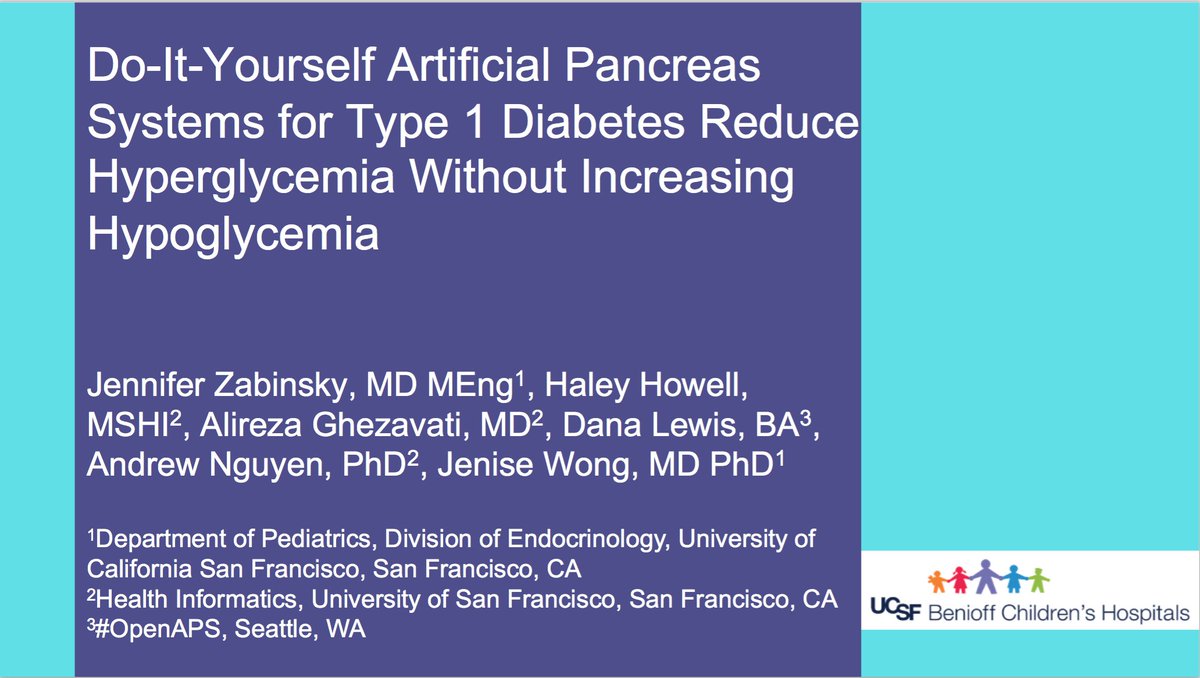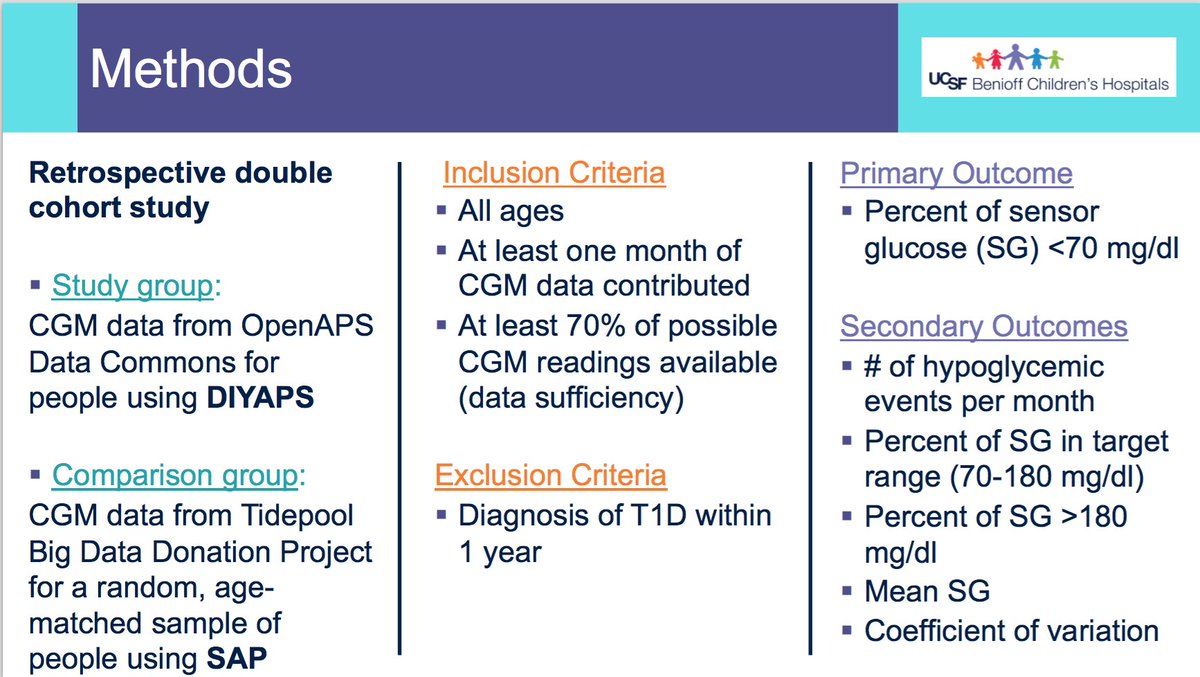One of the things I love about #OpenAPS is that it is resolving for a lot of the noise that usually confounds figuring out what’s causing out of range BGs. Less confusion about adjusting settings and longer term trends vs identifying other causes such as sickness.
I’ve talked a lot in the past about #OpenAPS dealing with everything from norovirus (bit.ly/2gFwOMm) and flu (bit.ly/2BzoerK), and more recently broken bones (bit.ly/2SvjC2Y).
Today I woke up at 3am feeling hot and cold and awful. Glance at BGs and I had a super weird spike to 240s.
I went back to sleep and tossed and turned more.
I went back to sleep and tossed and turned more.
BGs were all in range since the overnight spike that came back down..until now when I got out of the bed and sat at my desk to work for an hour: 

I have a fever, so I know I am sick. It’s always interesting to me to be able to see and quantify the stress impact of getting out of bed, which you can see from the surge in BGs.
There’s no food involved - this is 100% a physiological thing.
There’s no food involved - this is 100% a physiological thing.
So, even with a closed loop, know there will be out of range BG excursions sometimes. And that’s ok. And it’s helpful to have tools like #OpenAPS so we can fix what we can fix (pump sites need changing etc) and know when there’s nothing to do but rest (because you have a virus).
• • •
Missing some Tweet in this thread? You can try to
force a refresh










